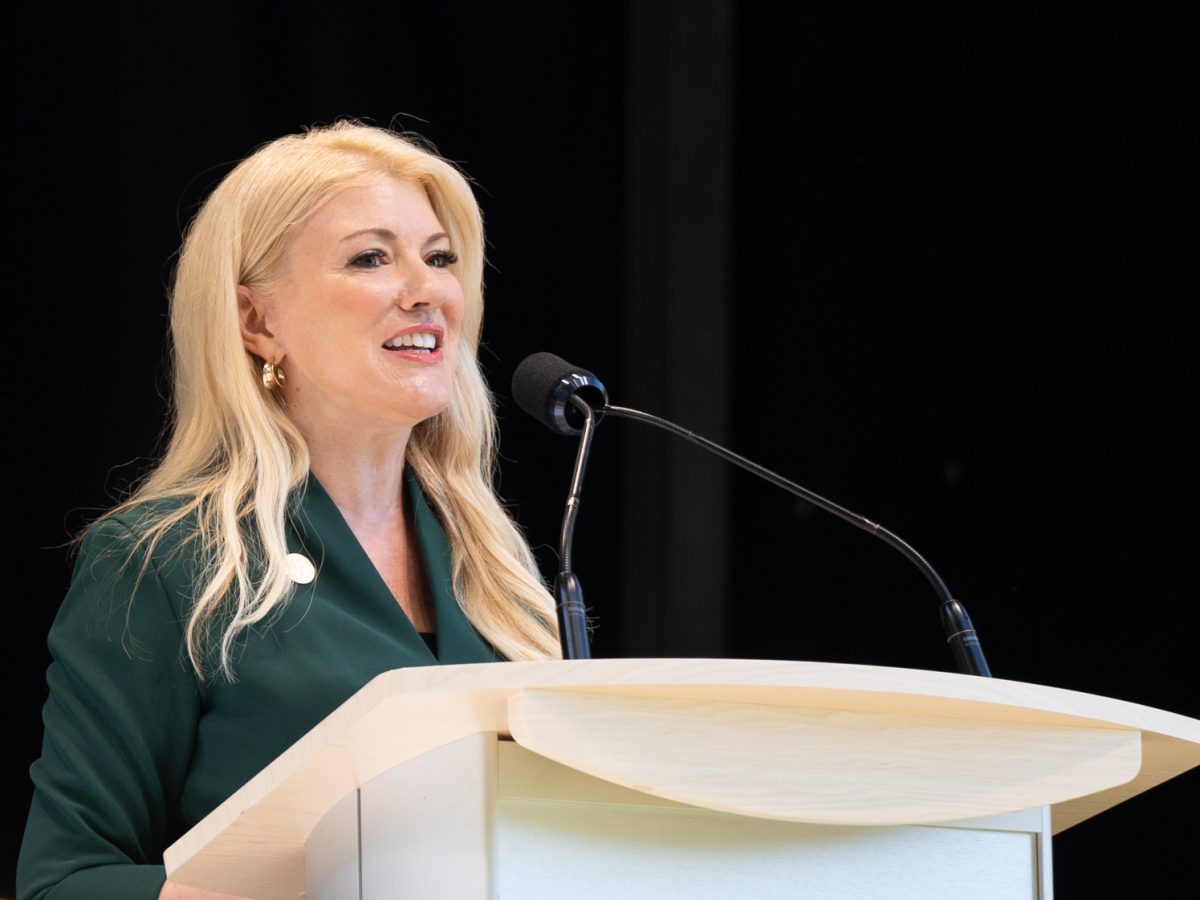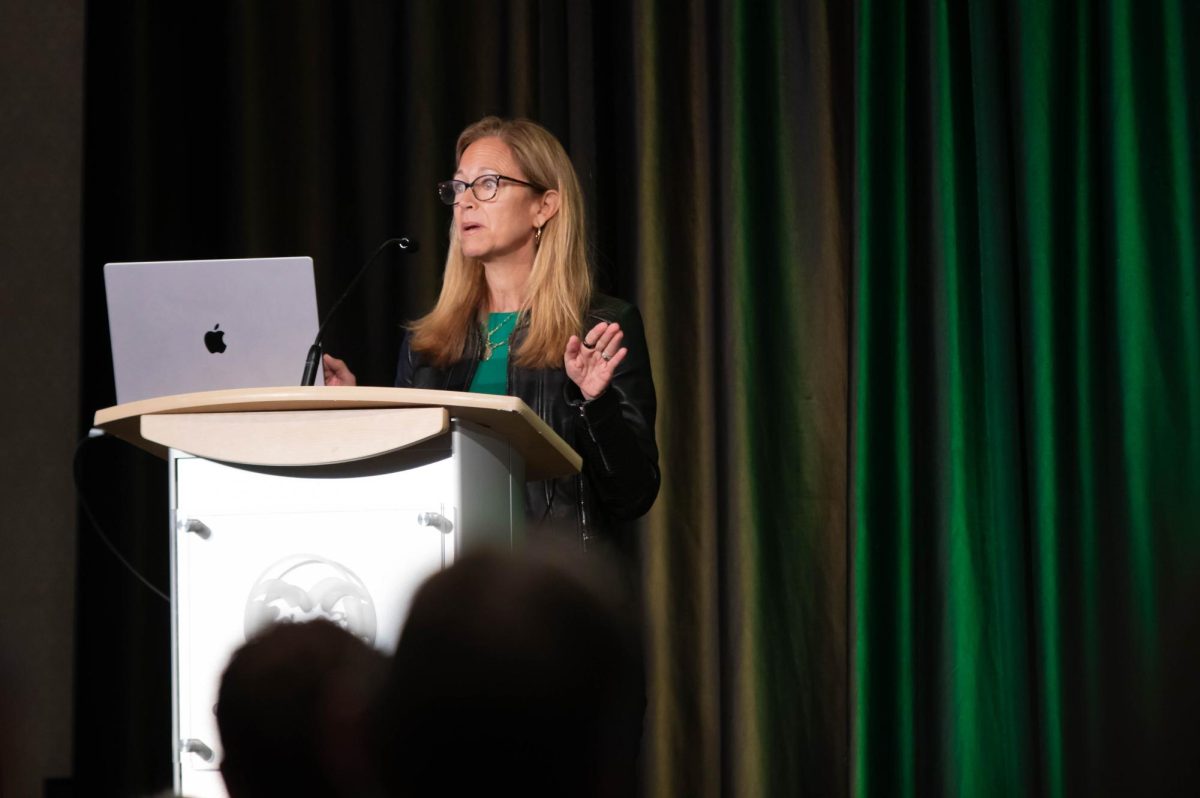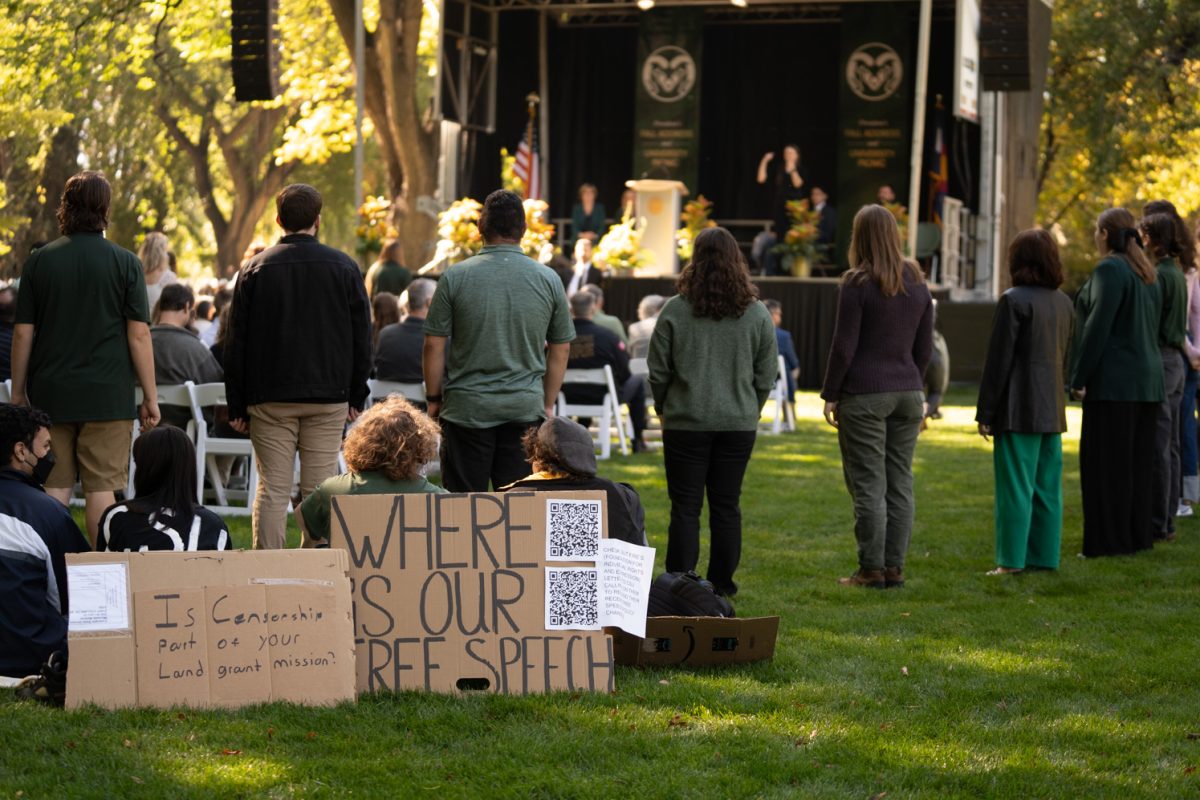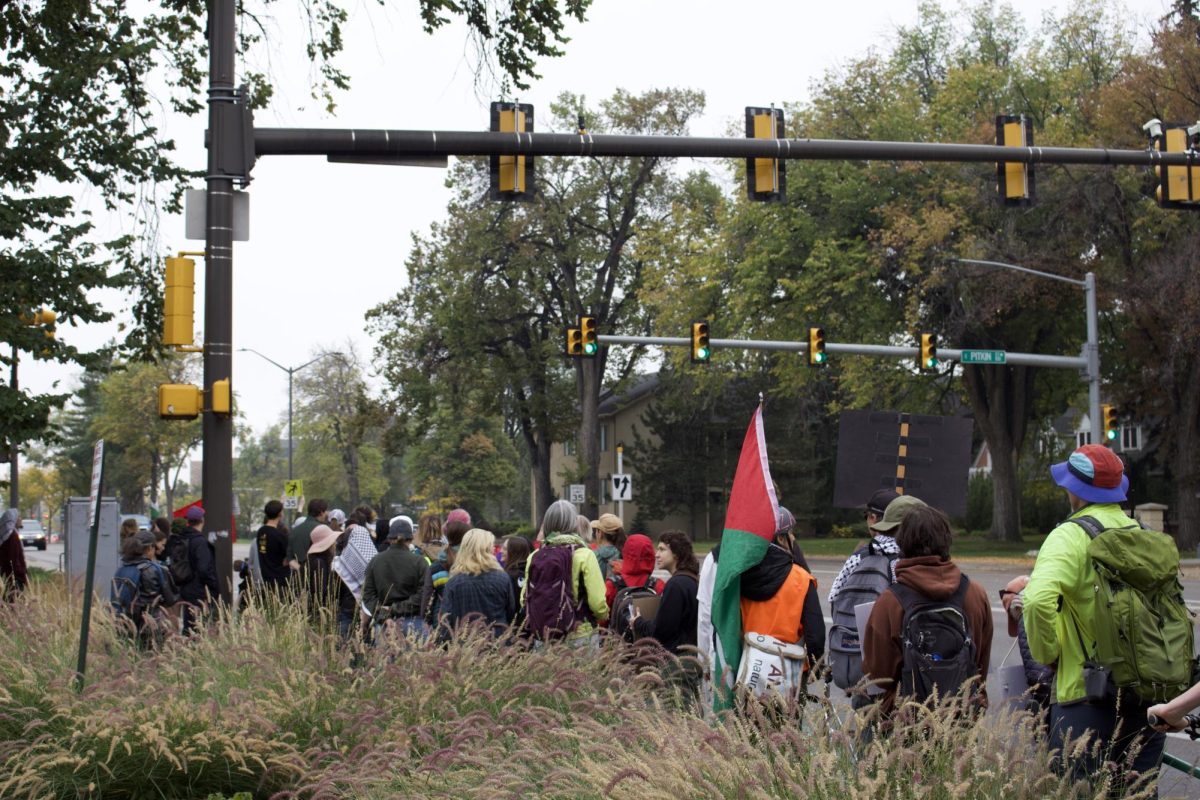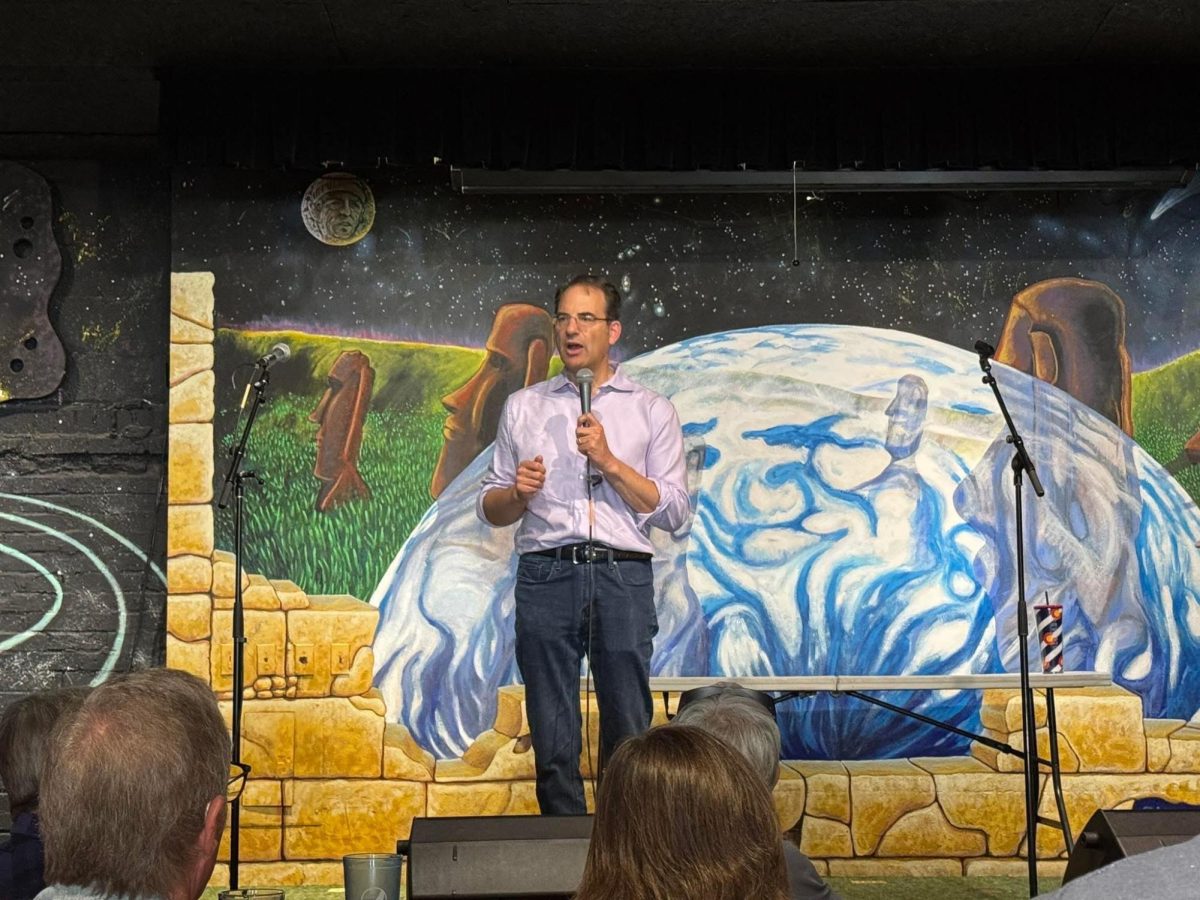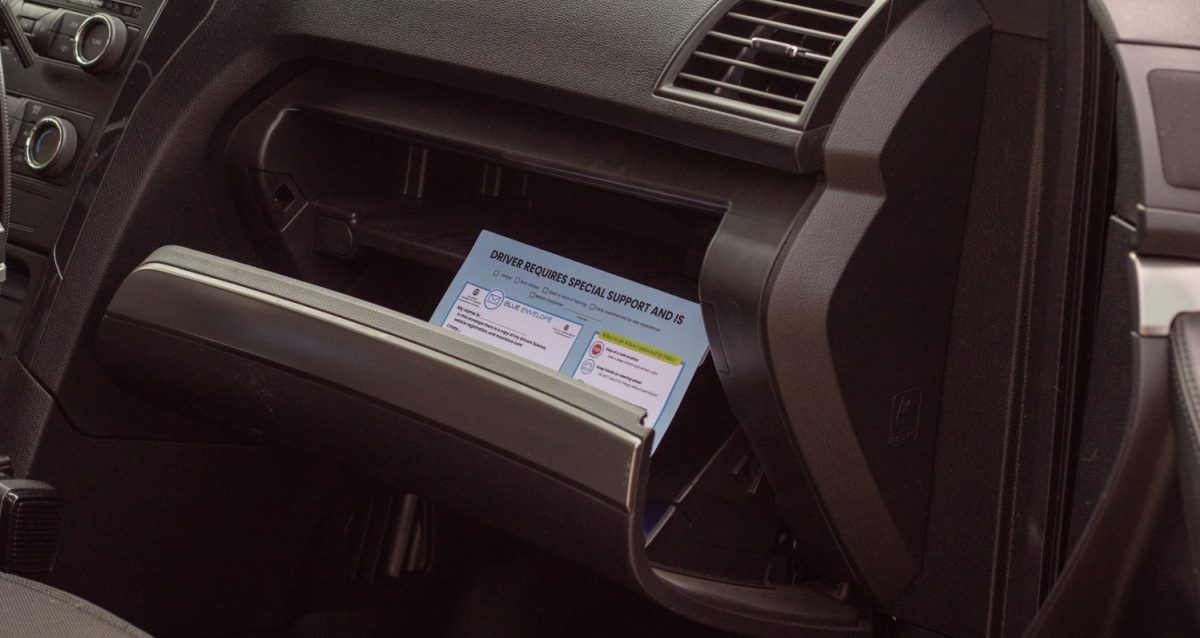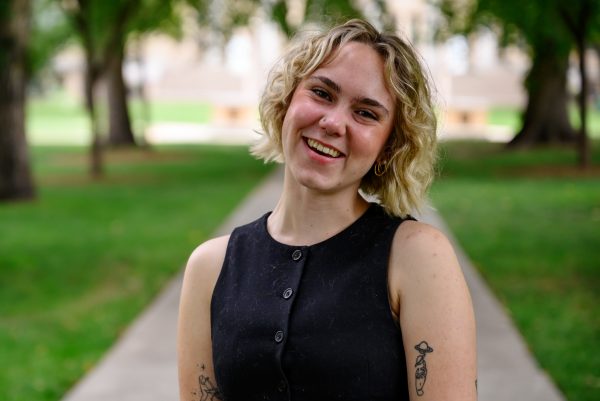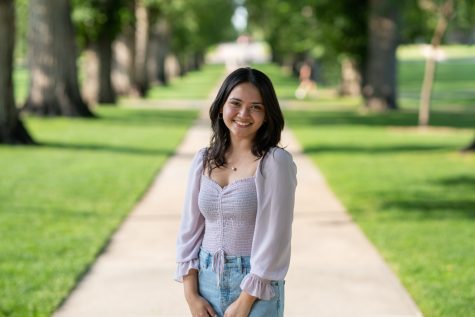On Sept. 18 and 19, Colorado State University hosted a series of events as part of an on-site campus visit from the Higher Learning Commission as part of the process for reaffirming accreditation as an institute of higher learning.
The accreditation process is one that CSU has been going through since it was first granted accreditation in 1925. This visit was the final step of a 10-year cycle to review and maintain CSU’s accreditation.
“Institutional accreditation is one way that the institution is able to assure the quality of its educational programs and its operations,” Vice Provost for Planning & Effectiveness Laura Jensen said. “It’s also a primary way that we focus on continuous quality improvement.”
A team of five people representing the HLC attended open forum sessions focusing on individual aspects of the university throughout both days to finalize their review of the institution.
“The reason that we have those sessions is so that the reviewers have an opportunity to hear directly from students, faculty and staff about their experience at Colorado State,” Jensen said. “(This includes) what’s going well and where they see opportunities for improvement.”
About a month prior to this on-campus visit, the university submitted a comprehensive review document called an Assurance Argument to the HLC, which the team of reviewers then used to form their questions for the community during their visit.
“The Assurance Argument is really an honest appraisal of the institution’s strengths and opportunities for improvement,” Jensen said. “It took about 18 months to pull together on campus and included about 160 different people contributing evidence. We had multiple open forums for faculty, students and staff. We surveyed students multiple times, trying to gather input as much as we could to make sure that we were telling a really accurate portrayal about where Colorado State is at right now in our history.”
CSU is accredited on the HLC’s open pathway, which focuses on quality assurance and institutional improvement. The pathway exists to make sure the institution is meeting the standards of an institute of higher learning.
“The pathway we are on is a 10-year cycle, and it includes a variety of checkpoints through those 10 years — plus annual updates — then this culminating visit that happens once every 10 years,” Jensen said.
Over the course of those 10 years, the university focused on maintaining the previously set standard of quality as well as pursuing improvement for the institution. The process involves every aspect of the university, including academic programs, student affairs and student support services, admissions, finances, leadership, extension and outreach and more.
The accreditation is impactful to everyone within the CSU community, which is why the HLC comes to campus to hear directly from the community and why the university’s assurance argument is a long and collaborative process. Both parties want as much feedback as possible.
As for the impact on students, the accreditation primarily provides a sense of reassurance regarding their education at CSU.
“Students care that they’re receiving quality academic programming for the tuition and fees that they pay,” Jensen said. “They should have some sort of assurance that their educational experience will be worth something at the end after graduation. The accreditation is that assurance of quality.”
Reach Hannah Parcells at news@collegian.com or on Twitter @hannahparcells.




